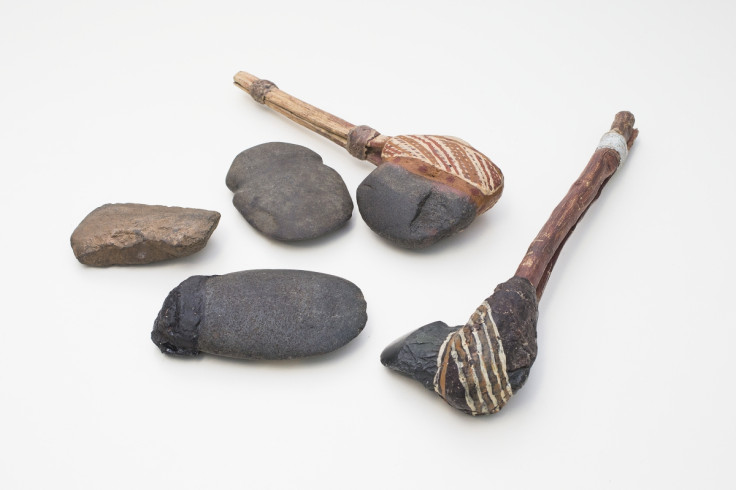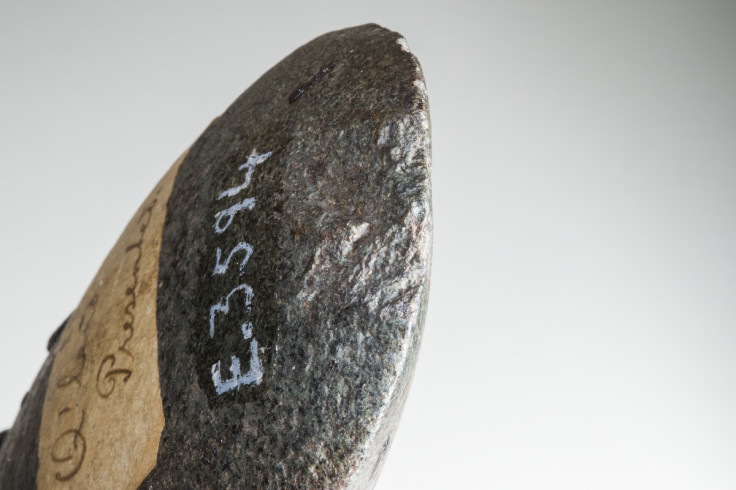World's oldest axe discovered in Australia is 49,000-years-old

The world's oldest axe has been discovered in Australia, dating back to 49,000 years ago. Researchers said the discovery could help reveal when axes were first invented, something archaeologists have been studying for decades.
In most countries, axes were first developed after the emergence of agriculture, around 10,000 years ago, according to scientists. In Japan, the earliest axes appeared about 35,000 years ago. However, archaeologists have now found an axe believed to be up to 14,000 years older than the Japanese example at Windjana Gorge National Park, Western Australia.
Researchers from the Australian National University dated the axe fragment, first discovered in the early 1990s, to between 46,000 and 49,000 years. "This is the earliest evidence of hafted axes [axes with handles] in the world," said Sue O'Connor, lead archaeologist of the study published in Australian Archaeology. "Nowhere else in the world do you get axes at this date."
The archaeologists suggest the axe was made, just after people arrived in Australia 50,000 years ago. "We know that they didn't have axes where they came from," said O'Connor. "There's no axes in the islands to our north. They arrived in Australia and innovated axes."
Peter Hiscock, a researcher working on the study, added: "Since there are no known axes in Southeast Asia during the Ice Age, this discovery shows us that when humans arrived in Australia they began to experiment with new technologies, inventing ways to exploit the resources they encountered."

While humans eventually spread across the whole of Australia, the researchers say axe technology did not initially follow them. "Axes were only made in the tropical north," said Hiscock. "These differences between northern Australia, where axes were always used, and southern Australia, where they were not, originated around the time of colonisation and persisted until the last few thousand years when axes began to be made in most southern parts of mainland Australia."
Previous studies have found the fragment comes from an axe made of basalt, shaped by grinding it against a softer rock; possibly sandstone. The axe itself would most likely have been used for chopping down, or removing bark from trees, as well as making spears.
The archaeologists say the axe fragment shows Aboriginal technology was not as simple as previously suggested. "Australian stone artefacts have often been characterised as being simple," said O'Connor. "But clearly that's not the case when you have these hafted axes earlier in Australia than anywhere else in the world."
Furthermore, they say the find solves the puzzle of the world's first axes: "The question of when axes were invented has been pursued for decades, since archaeologists discovered that in Australia axes were older than in many other places," Hiscock said. "Now we have a discovery that appears to answer the question."

© Copyright IBTimes 2024. All rights reserved.







